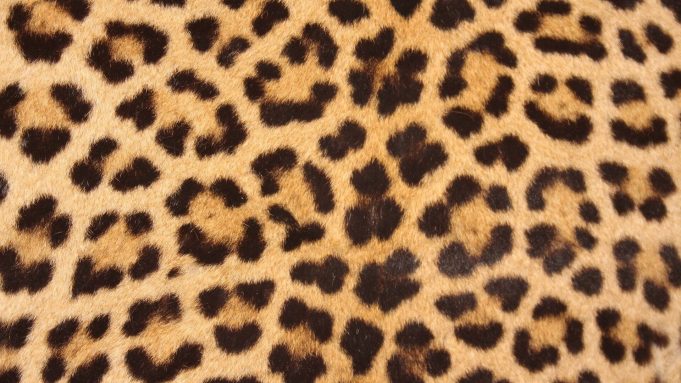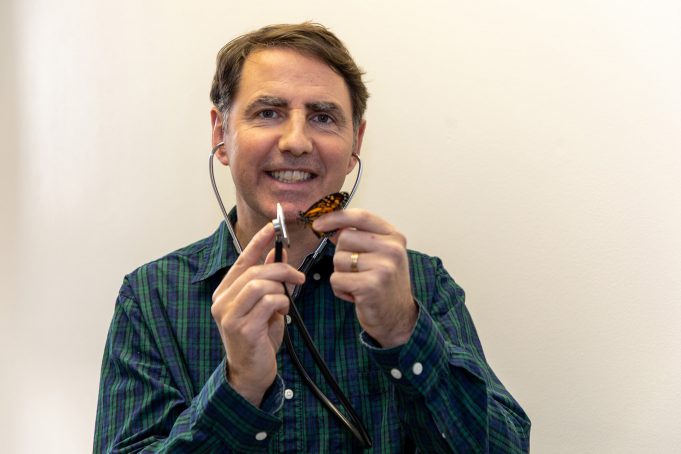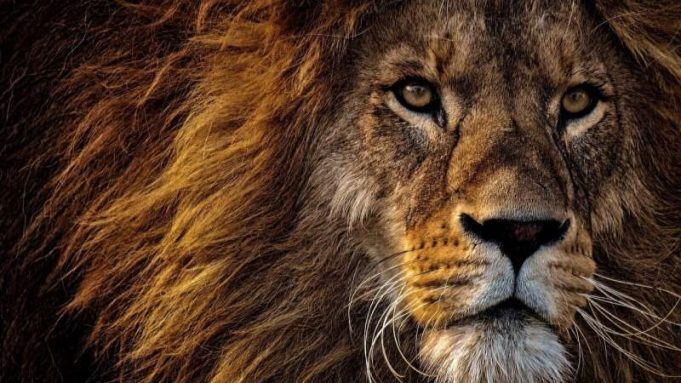Some mammals have the ability to use intestines to breathe in times of respiratory failure. This presents a possibility for clinical management among humans. This new discovery may even have implications for innovative treatment methods for SARS-CoV-2.
Rodents and pigs...
Researchers of the University of Turku, Finland, have studied a timber elephant population in Myanmar and discovered that Asian elephant personality manifests through three different factors. The personality factors identified by the researchers are Attentiveness, Sociability and Aggressiveness.
As is...
What could Azteca ants in coffee farms in Mexico have in common with leopards' spots and zebras' stripes?
After two decades of analyzing the rise, spread and collapse of Azteca ant colonies in a coffee farm in Mexico, University of Michigan researchers...
People handle monarch butterflies. A lot. Every year thousands of monarch butterflies are caught, tagged and released during their fall migration by citizen scientists helping to track their movements. And thousands of caterpillars are reared by hand or used...
Experts have outlined "compelling evidence" that suggests banning trophy hunting can negatively affect conservation—arguing that unregulated killings are far more prevalent in non-hunting zones.
More than 130 international scientists—including two from the University of Stirling—say that certain species, such as...
Not one, but TWO new species of the rarely seen six-gilled sawsharks have been found in the West Indian Ocean by an international team of marine scientists.
The newly discovered Pliotrema kajae and Pliotrema annae - affectionately known as Kaja's and Anna's six-gill sawsharks—were...
In situ image of the recorded baboons.Credit: © Caralyn Kemp and Julie Gullstrand / Laboratory of Cognitive Psychology (CNRS/AMU
Baboons produce vocalizations comparable to vowels. This is what has been demonstrated by an international team coordinated by researchers from the...
The relatively swift adaptability of tiny, acorn-dwelling ants to warmer environments could help scientists predict how other species might evolve in the crucible of global climate change.
That's a big-picture conclusion from research into the some of the world's smallest...
Fish with consistent personalities are more successful in social groups and better at helping to build tighter shoals.
Oscar Wilde may have considered consistency "the last refuge of the unimaginative" in human behaviour, but when it comes to fish, the...
The whimsical, wafting flight of butterflies may not give the impression of top aerodynamic performance, but research published on Wednesday suggests their large flexible wings could be perfectly designed to give them a burst of jet propulsion.
Scientists at Lund...
Dr Christos Ioannou and his colleagues from the School of Biological Sciences tested three-spined sticklebacks (the UK's smallest freshwater fish) alone and in groups of ten.
They found that just like in humans, braver individuals led the groups, and that...
















